Tea enthusiasts who appreciate Tenmoku teacups are familiar with the four main types, among which the bound mouth teacup is well-known.
Bound mouth teacups mostly have a "bound mouthline" around the rim, which is not just for aesthetic purposes. It is a technical and practical design. If there were awards for design in ancient times, the artisan who invented this teacup shape should have received a design award.
Next, let's talk about the secret of the bound mouthline. Don't just say it's for beauty when someone asks you about its function in the future.
One (the number "one" in Chinese).
Archaeological and scientific research has shown that the firing temperature of the Long Kiln for making Tenmoku teacups is generally high, usually above 1300°C. At such a high temperature, if the teacup is made with a thick bottom and thin mouth, the rim is prone to deform in the high temperature during the firing process, resulting in a non-circular shape.
As a result, the glaze of the Tenmoku teacup would stick to the firing container, which increases the rate of defective products and the overall cost of firing.
Master Li Ximei, an inheritor of intangible cultural heritage, under the brand of Zhanjiang (replicating antique pearl patterns).
The usual practice is to add a slightly thicker hoop around the rim of the teacup when throwing the clay for large Tenmoku teacups. This is to increase the strength of the rim and reduce the possibility of deformation during firing.
This technique of handling the rim was already present during the Tang Dynasty, with the corresponding bowl and teacup shapes having a "rim-lip-wall-bottom" design. After entering the Song Dynasty, this processing technique continued, with slight changes to the foot of the teacup.
However, for this type of teacup, the protruding part of the outer wall of the rim needs to be trimmed after throwing the clay, to make it neat before glazing and firing. With the bound mouthline design, during the throwing process, the concave and convex groove on the outer wall of the teacup can be shaped by hand, reducing the need for trimming and improving production efficiency.
The most crucial aspect of this "finger groove" for the Tenmoku teacup is that the shape of the bound mouth groove is a curved ring, which creates a pre-stressed structure in the clay body near the rim. Therefore, during firing at high temperatures, the rim is less likely to deform, increasing the yield rate of finished products.
In contrast, the round-mouthed teacups, as described in "Tiangong Kaiwu" by Song Yingxing, "When filled, the hand is slightly heavy, and after firing, a concave mouth is formed, no longer round and regular."
Two (the number "two" in Chinese).
What is the relationship between the bound mouthline and the Song Dynasty tea-dipping method?
"The tea nugget is equivalent to one qian (a unit of weight in ancient China) measured with a spoon. First, pour hot water into the teacup and stir it evenly, then add more water and stir again with a circular motion. The tea can be dipped for four rounds before stopping."
This is how Caixiang described the tea-dipping process in his book "Chalu" (Record of Tea).
It can be seen that the tea was not dipped in water filled close to the rim. If the water was filled up to the "water line" as some researchers call it, then "stirring with a circular motion" would not have been possible.
Because if the water level is too high in the teacup, when stirring it with a circular motion, the water will inevitably form a vortex in the center of the teacup, creating a hollow cone-shaped space with a higher liquid level towards the rim. Under the action of centrifugal force, the liquid level near the rim will rise and even overflow and splash out of the teacup. Therefore, Caixiang believed that "the tea can be dipped for four rounds before stopping."
Song Yin Dynasty's Haojian Jian Kiln Teacup.
According to the tea-dipping method described in the Song Huizong's "Treatise on Tea," there are seven rounds of water pouring. As the number of water pouring increases, the stirring of the tea whisk gradually slows down. Throughout the process, the tea dipper must constantly stir the tea with the whisk, observe the color of the tea, and control the intervals and amount of the seven rounds of water pouring.
Therefore, if this type of bound mouth teacup was used for the Song Dynasty tea-dipping method, the notion of the "water line" is considered to be a result of obvious speculation and misinterpretation.
Three (the number "three" in Chinese).
Due to the crystalline glaze, the surface of Tenmoku teacups is smooth and highly water-repellent. This can easily cause the tea to spill out of the teacup when pouring hot water for tea dipping or tea brewing, as the water can easily rush along the smooth inner wall of the teacup.
Similarly, when dipping tea, the quick circular stirring with the tea whisk can also cause the liquid level of the tea near the teacup wall to rise, making it easy to spill out. The bound mouthline greatly prevents such accidents from happening, allowing the tea to be stirred within a controllable range.
Therefore, it appears that the main function of the bound mouthline is to prevent spills. This line should not be called the "water line", but rather the "anti-spilling line" would be more appropriate.
In summary, the bound mouthline of the Tenmoku teacup is a highly sophisticated design that has several benefits. From a cost control perspective, it reduces the need for trimming the rim during the pottery-making process, thereby improving production efficiency. From a firing technique standpoint, due to its special curved structure, it reduces the possibility of deformation of the rim during high-temperature firing, increasing the yield rate of finished products. From a usage perspective, it prevents tea from spilling out during tea dipping, making it a thoughtful design feature.


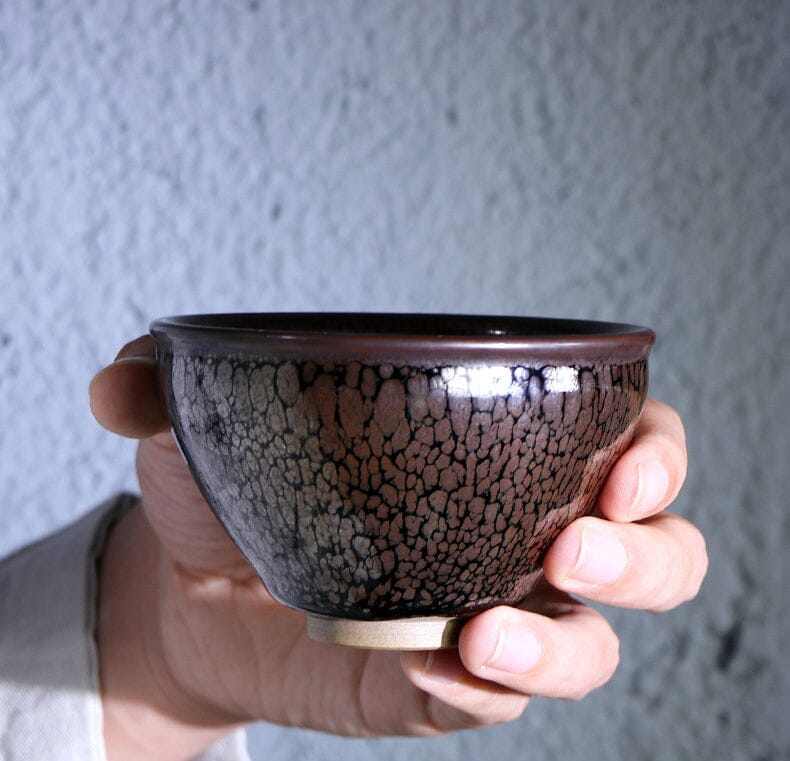
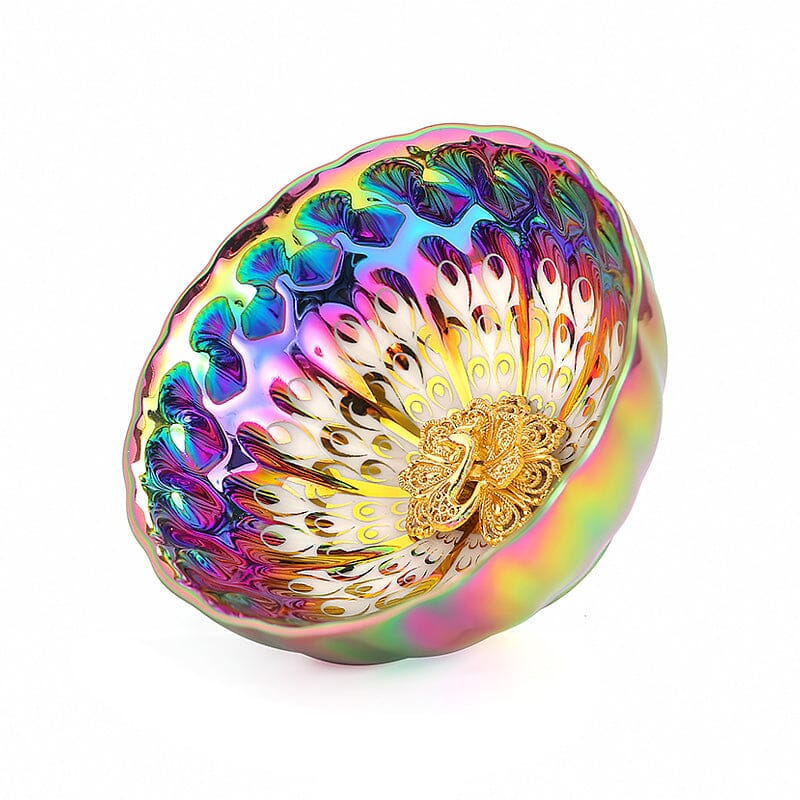
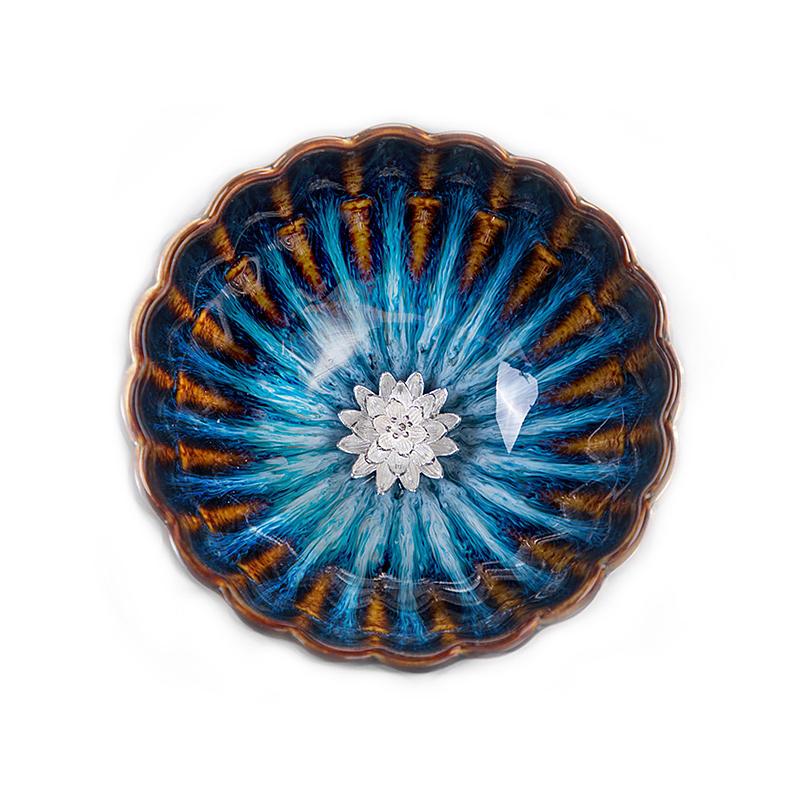
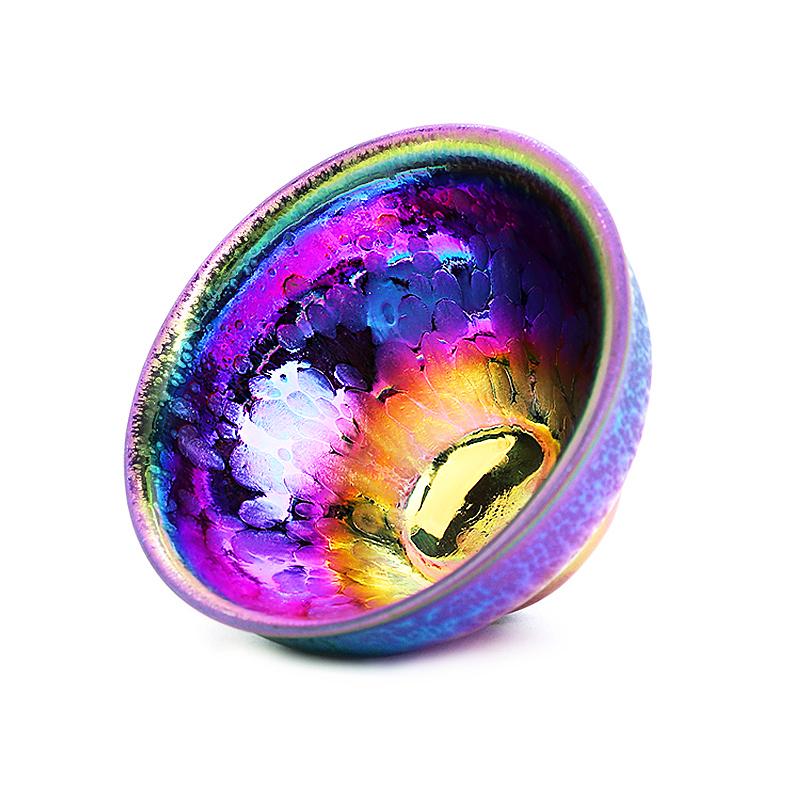
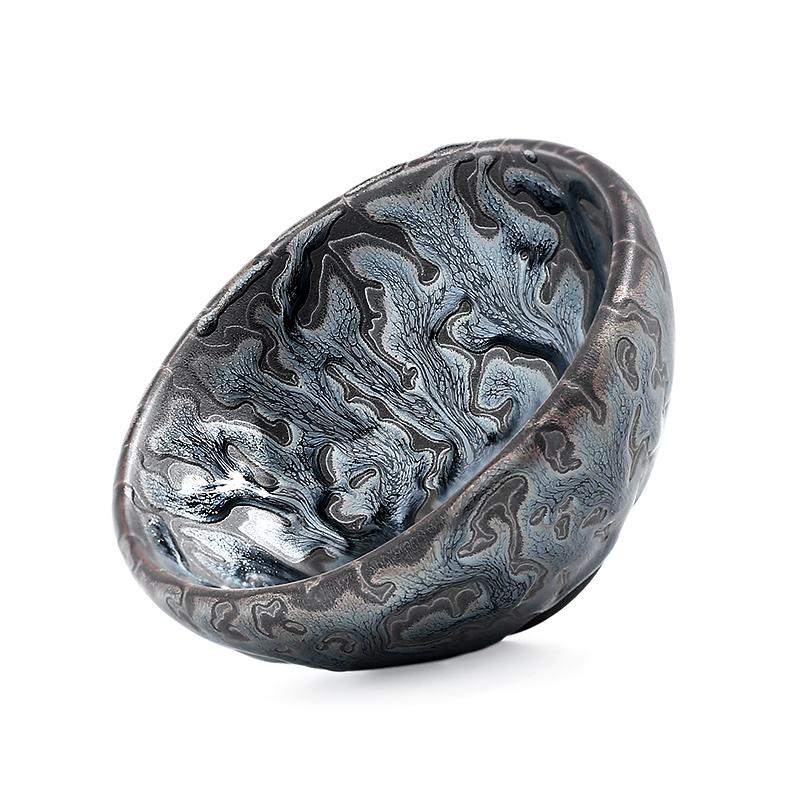
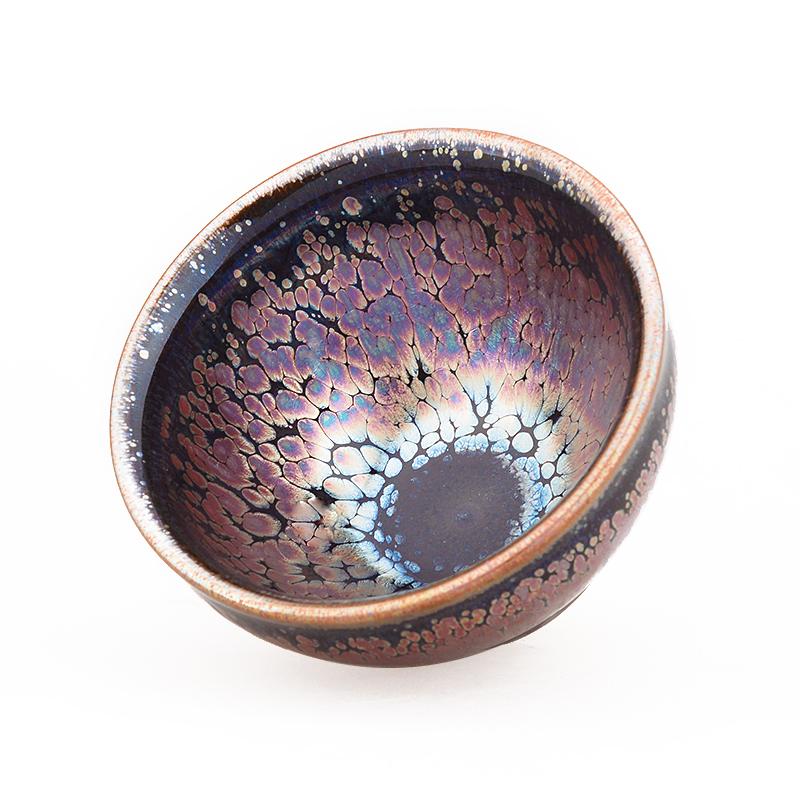
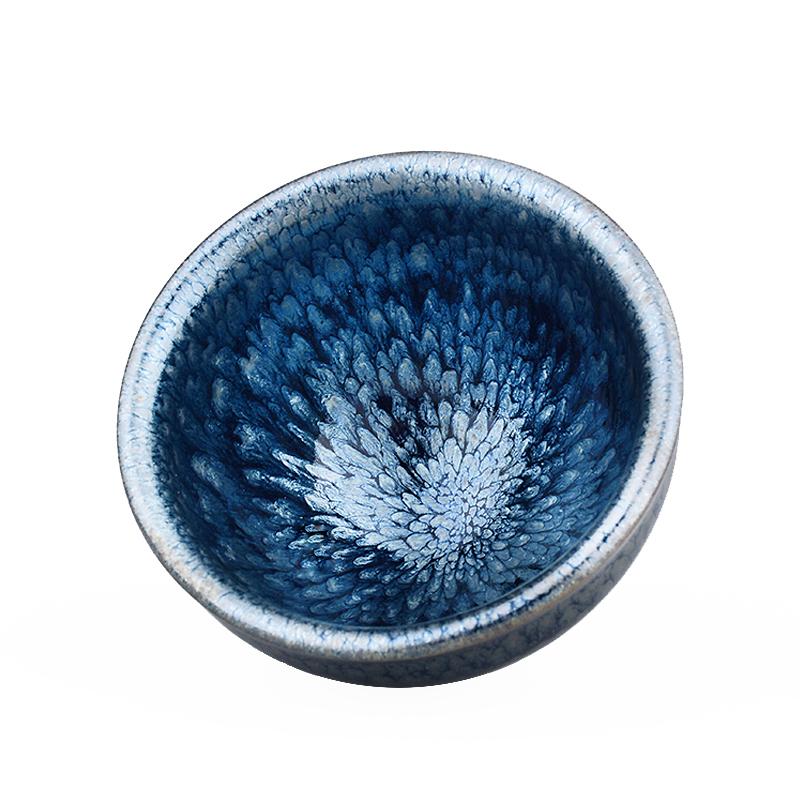
Share:
Tenmoku teacup: Does more iron mean darker color?
Experienced Tenmoku enthusiasts share 10 key tips to avoid deception